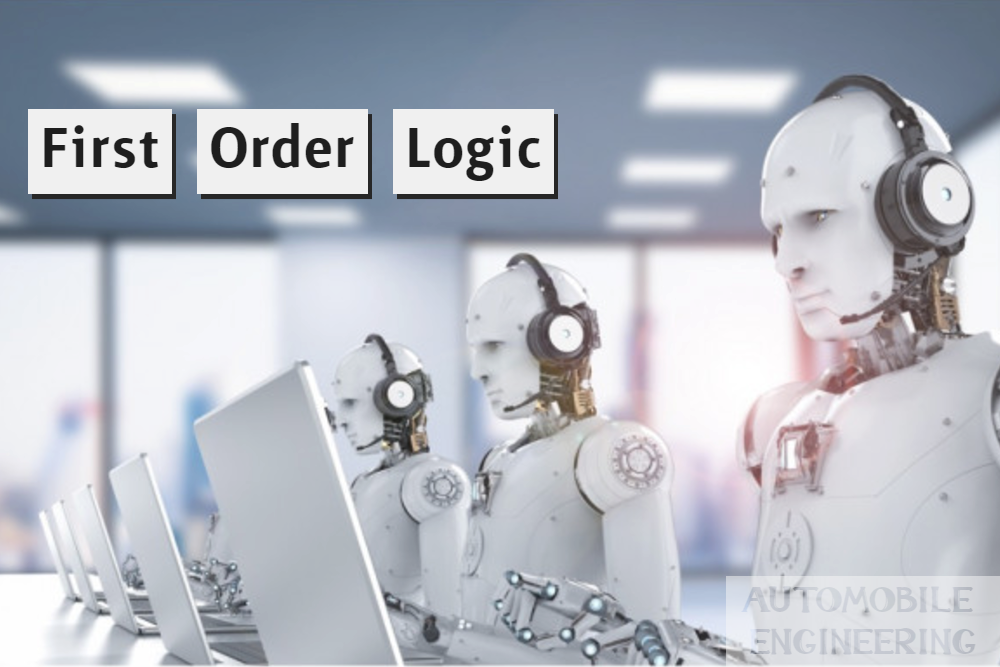· The prepositional logic only deals with the facts, that may be true or false.
· The first order logic assumes that the world contains objects, relations and functions.
Syntax for first order logic:
· In prepositional logic, every expression is a sentence that represents a fact.
· First order logic includes the sentences along with terms which can represent the objects.
· Constant symbols, variables and function symbols are used to build terms, while quantifiers and predicate symbols are used to build the sentences.
Syntax:
| Constants | A, B, C….. |
| Functions | Size, Color |
| Variable | x, a |
| Terms | Constant, variable or function(Term..) |
| Predicates | True, False |
| Quantifiers | ∀, ∃ |
| Atomic sentences | Predicate, Predicate(Term,…), Term=Term |
| Sentences | ¬ Sentence, Sentence ∨ Sentence, Sentence ∧ Sentence, Sentence ⇒ Sentence, Sentence ⇔ Sentence, Quantifier Variable,… Sentence |
Semantics:
Lets understand with an example,
Consider the sentence “Elephants are big”.There are many ways to represent this sentence.
HasSize(Elephant, Big)
SizeOF(Elephant)= Big
Lets introduce a new syntax,
IsEqual(SizeOf(Elephant, Big), this states that a object Elephant is big, which is a useless fact in any reasoning process about the Elephants in general. So lets represent that all Elephants are big.
So, we can find FOL statement as,
· All things that are Elephants are big.
· For all things x, for which x is a Elephant, x is big.
· For all things x, if x is a Elephant, then x is big.
Finally the FOL will be written as.
∀x Elephant (x) ⇒ Big(x)
Knowledge Engineering of FOL
The knowledge engineer must know about the domain to represent the important objects and relationships.
The following steps are used to develop the knowledge base:
1. Identify the problem or task.
2. Assemble the relevant knowledge to the given problem or task.
3. Decide on a vocabulary of predicates, functions and constants.
4. Encode the general knowledge about the domain and a description of the specific problem instance.
5. Apply queries to the inference procedure and get the answers.
6. Finally, debug the knowledge base.


